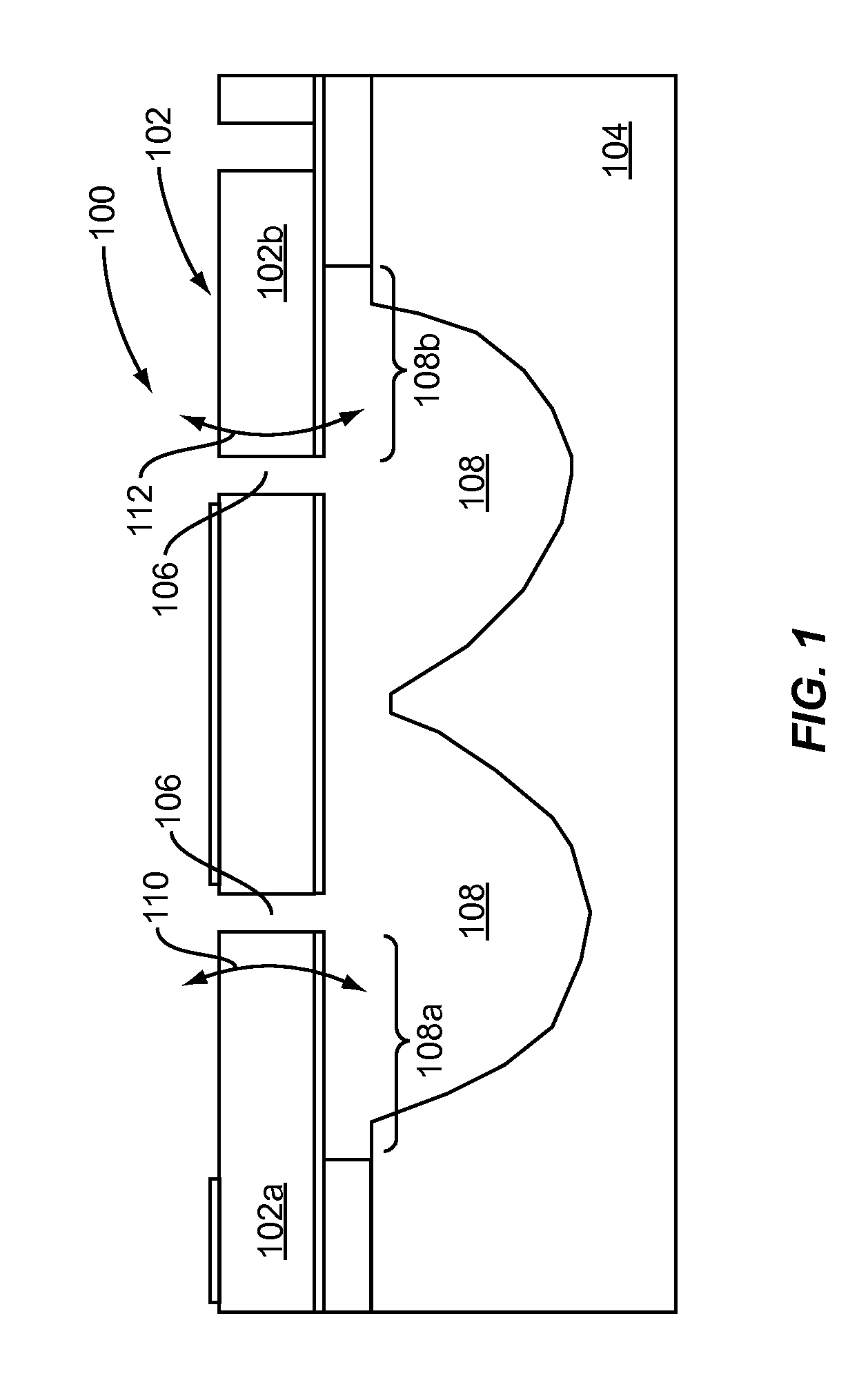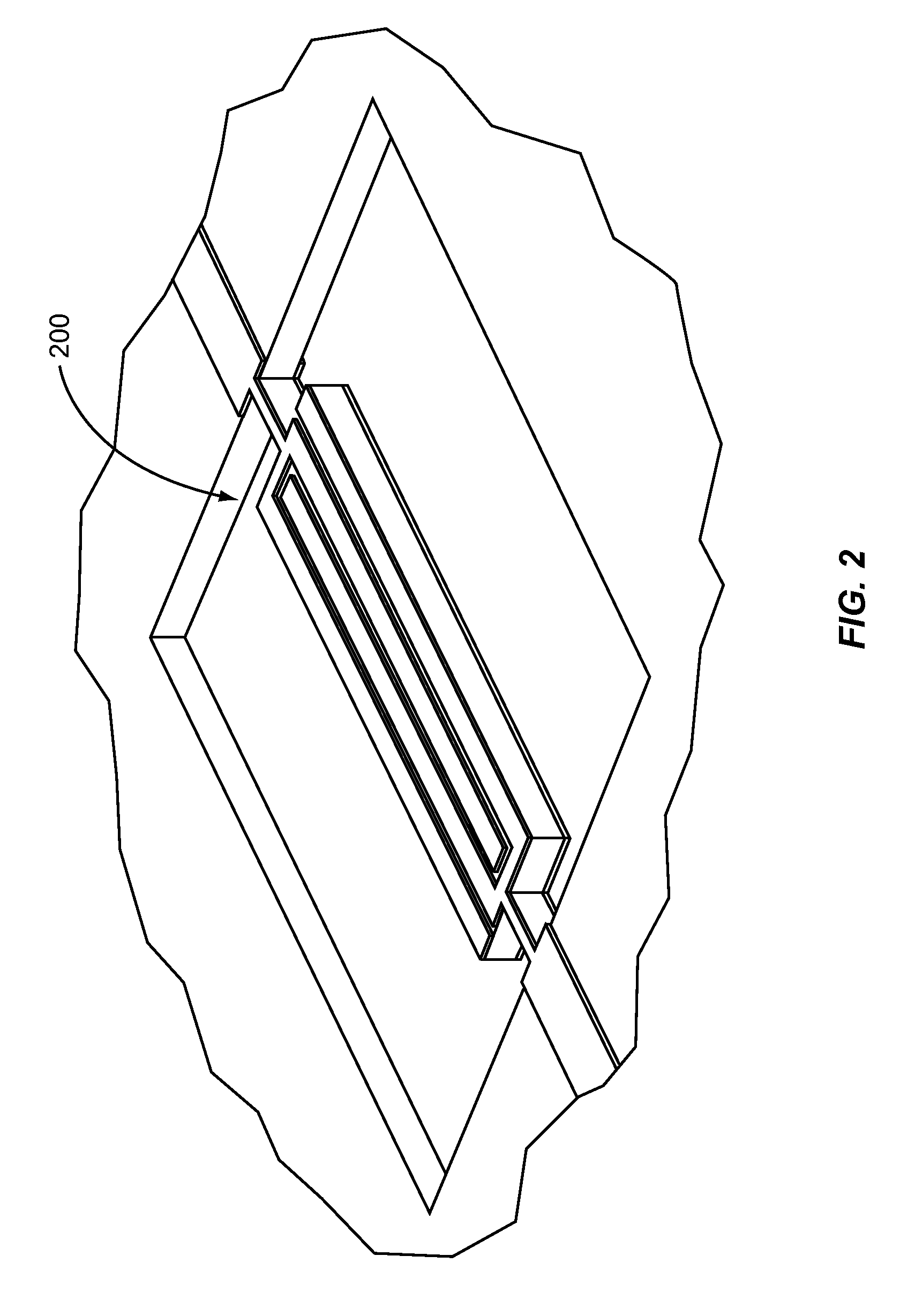Planarized sacrificial layer for MEMS fabrication
a technology of microelectromechanical and sacrificial layer, which is applied in the direction of piezoelectric/electrostrictive transducers, generators/motors, transducer types, etc., can solve the problems of reducing the performance and stability of the mems device, the release area formed where the sacrificial material was removed is too large, and the anchoring of the component is not controlled in a controlled manner, so as to facilitate easy control of the thickness of the component a mems device and a mems device and a planarized sacrificial layer and mems device and a mems device and a technology of mems device and a technology of mems device and a technology of a mems device and a technology of a mems device and a technology of a semiconductor device and a technology of a semiconductor applied in the field of mems device and a semiconductor device thickness thickness, a technology applied in the field a technology of mems device and a technology of a mems device and a technology of a mems device and a technology of a m
- Summary
- Abstract
- Description
- Claims
- Application Information
AI Technical Summary
Benefits of technology
Problems solved by technology
Method used
Image
Examples
Embodiment Construction
[0024]The embodiments set forth below represent the necessary information to enable those skilled in the art to practice the invention and illustrate the best mode of practicing the invention. Upon reading the following description in light of the accompanying drawing figures, those skilled in the art will understand the concepts of the invention and will recognize applications of these concepts not particularly addressed herein. It should be understood that these concepts and applications fall within the scope of the disclosure and the accompanying claims.
[0025]According to the present invention, a component is formed, where a cavity is formed below the component in order to allow movement of the component. Initially, a sacrificial layer and an field layer are deposited and patterned on a substrate and then planarized. The component, which may be a Microelectromechanical Systems (MEMS) resonator, is formed over the planarized sacrificial layer. Moreover, anchors of the component ar...
PUM
| Property | Measurement | Unit |
|---|---|---|
| thickness | aaaaa | aaaaa |
| thickness | aaaaa | aaaaa |
| thickness | aaaaa | aaaaa |
Abstract
Description
Claims
Application Information
 Login to View More
Login to View More - R&D
- Intellectual Property
- Life Sciences
- Materials
- Tech Scout
- Unparalleled Data Quality
- Higher Quality Content
- 60% Fewer Hallucinations
Browse by: Latest US Patents, China's latest patents, Technical Efficacy Thesaurus, Application Domain, Technology Topic, Popular Technical Reports.
© 2025 PatSnap. All rights reserved.Legal|Privacy policy|Modern Slavery Act Transparency Statement|Sitemap|About US| Contact US: help@patsnap.com



